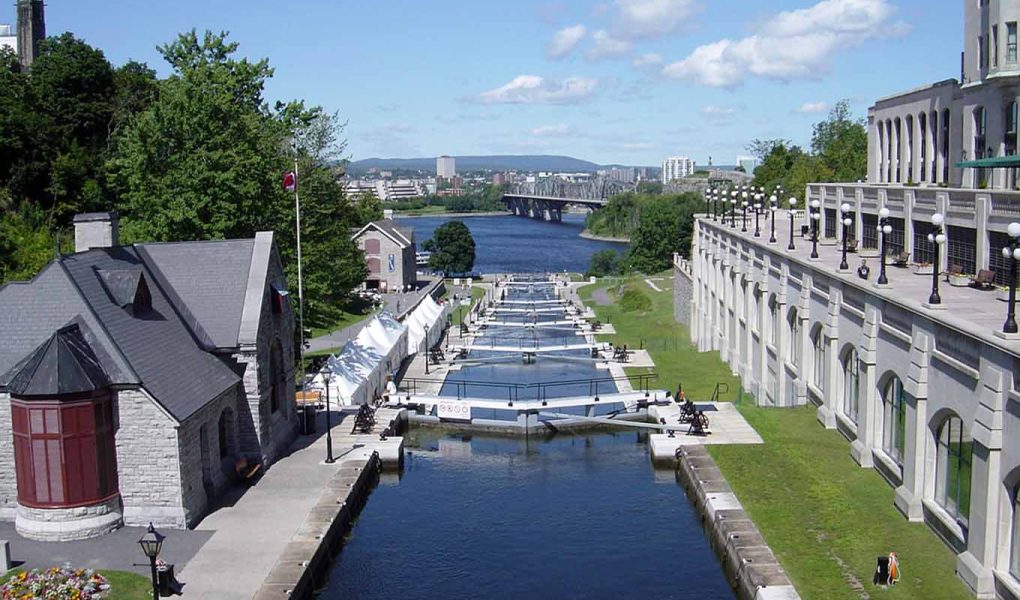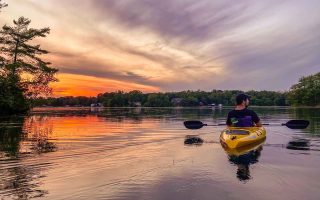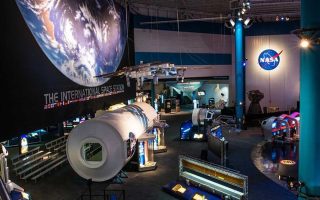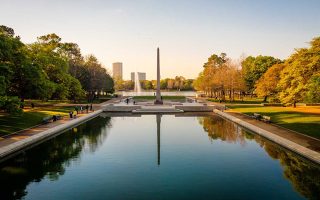Ottawa, as Canada’s capital, is not only a political center, but also a birthplace of culture and history. Walking on the streets of this city, as if traveling through time and space, you can feel the traces of history intertwined with modern civilization. Here, every building, every cobblestone road, and every attraction tells the past and present of Canada.
1. Parliament Hill
Location and historical background
Located in downtown Ottawa, the Parliament Hill is the core of Canada’s political life, and almost all major events related to the national government are held here. The building has a unique architectural style that combines Gothic Revival and Romanesque elements. Since its completion in 1859, the Parliament Hill has witnessed Canada’s political changes and is a symbol of Canada’s history and modern politics.
Visiting time and transportation route
Recommended visiting time: It is recommended to spend 2-3 hours to visit. You can visit the interior of the Parliament Hill here, watch the convening of Parliament, or admire the magnificent appearance of the building outside. There are several free guided tours every week to take you to an in-depth understanding of the history of the building, architectural details and Canadian political history.
Transportation: It takes about 5 minutes to walk from downtown Ottawa to the Parliament Building. If you live in a downtown hotel, you can also easily get there by public transportation such as buses and light rail.
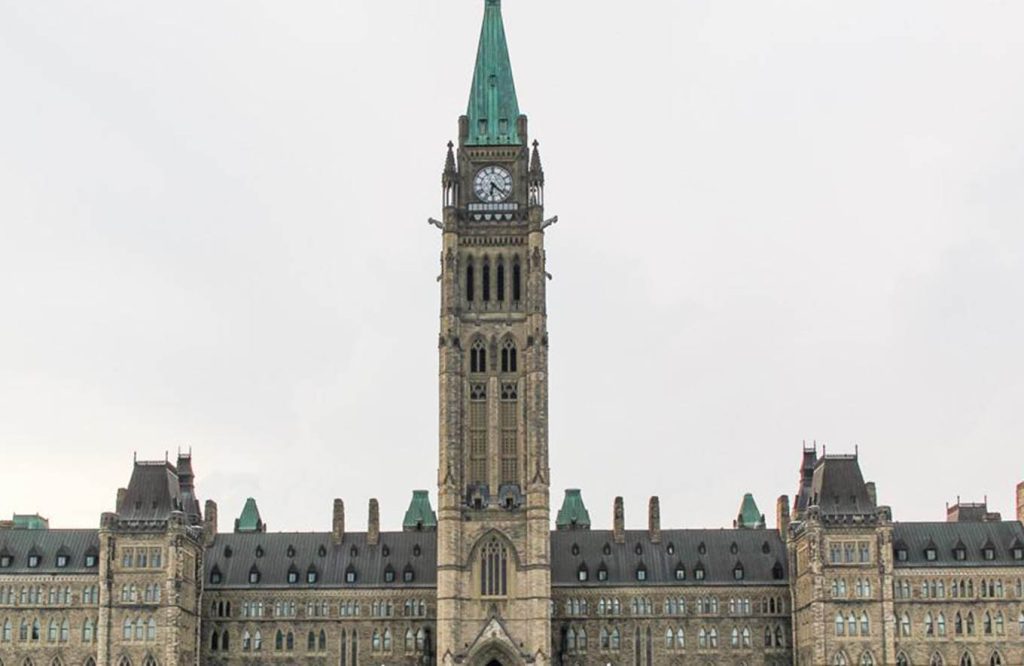
Fees and booking platforms
Fee: The guided tour of the Parliament Building is free, and some special activities may require reservations or fees. There is no charge for visiting the exterior area of the building, and only reservations are required through the booking platform when entering the interior of the building.
Recommended booking platform: You can book a guided tour of the Parliament Building through the reservation system on the Canadian government’s official website, or through a third-party travel platform such as Viator.
2. Rideau Canal
Location and historical background
The Rideau Canal is one of Ottawa’s most historic natural attractions and was listed as a World Heritage Site by UNESCO in 2007. The canal was opened in 1832 and was originally intended to strengthen Canada’s defense system and connect Ottawa to Lake Ontario. Today, the canal has become one of Ottawa’s main tourist attractions. Visitors can row on the canal in summer, and it is one of the longest skating trails in the world in winter.
Tour time and transportation route
Recommended tour time: If it is summer, it is recommended that you spend 2-3 hours rowing or walking on the canal. In winter, you can spend half a day experiencing ice skating. There are many picturesque parks and restaurants along the canal, which is a good place to relax.
Transportation: There are multiple water entry points along the canal, and the most convenient way to get there is walking or cycling. Starting from the Byward Market area in the city center, it takes about 10 minutes to walk to the canal entrance. Public transportation is also very convenient, and you can take a bus or light rail directly to get there.
Cost and booking platform
Cost: The rental fee for rowing in summer is about 15 to 20 Canadian dollars per hour, and ice skating in winter is free, but ice skating equipment may need to be rented, and the rental fee is about 10 Canadian dollars.
Recommended booking platform: Rowing and skating equipment rental can be booked in advance through platforms such as Viator to ensure that there is enough equipment available during the peak season.
3. Canadian Museum of History
Location and Historical Background
The Canadian Museum is located in Gilesburg, across the Ottawa River. It is one of the most important historical museums in Canada. The building of the museum itself is a work of art, with a unique appearance inspired by the architectural style of the Aboriginal people. The museum houses a large number of exhibits related to Canadian history, culture and Aboriginal people, and is an important place to understand Canada’s multiculturalism.
Visiting Time and Transportation Route
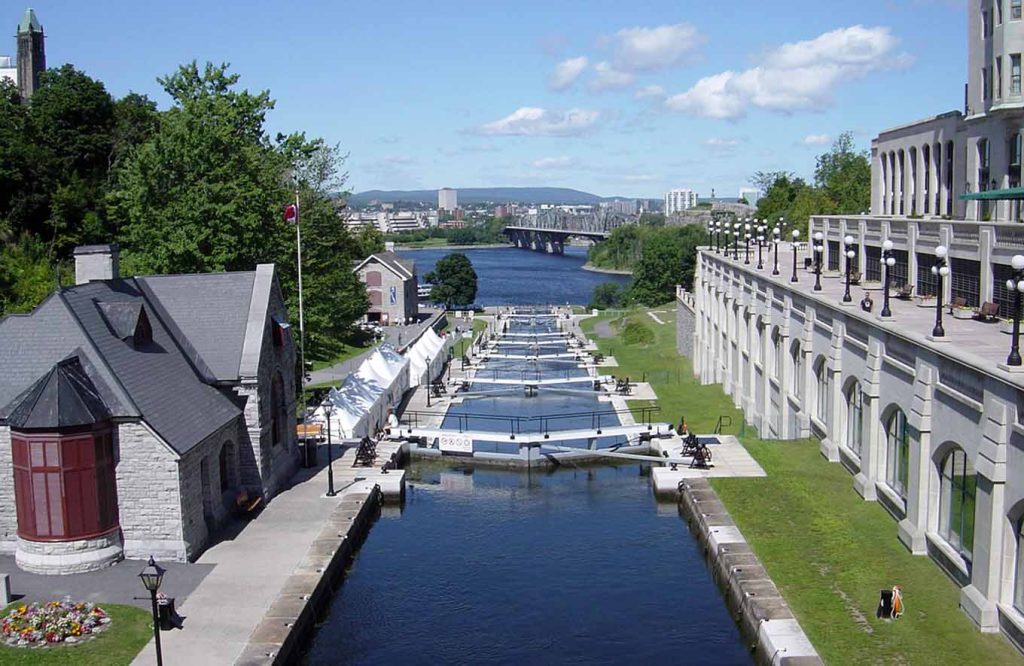
Recommended Visiting Time: It is recommended to spend at least 2-3 hours to visit the museum, which has a wealth of exhibitions and interactive experiences, and is very suitable for family tourists. Here you can gain an in-depth understanding of Canada’s history, art, culture and the lifestyle of the Aboriginal people.
Transportation: It takes about 10 minutes to reach the museum by light rail or bus from the Parliament Building in downtown Ottawa. You can also choose to walk there, walk along the Ottawa River and enjoy the beautiful scenery.
Cost and Booking Platform
Cost: Adult tickets are about 15 Canadian dollars, and there are discounts for students and children. Some special exhibitions may require additional charges.
Recommended booking platform: Tickets for the museum can be booked through the official booking platform or third-party platforms such as GetYourGuide and Viator to ensure that you can avoid queues.
4. Ottawa Museum of Nature
Location and historical background
The Ottawa Museum of Nature is a museum that showcases Canada’s rich natural resources and ecological environment. The museum has a wealth of exhibits, including dinosaur fossils, wildlife specimens, and special displays on Canadian geography and climate change. The museum building itself is an impressive old stone building and was once Canada’s national museum.
Visiting time and transportation route
Recommended visiting time: It is recommended to spend 2-3 hours to visit the museum. There are multiple exhibition halls here, including dinosaur fossil exhibition area, polar animal exhibition area and bird specimen exhibition area, which are suitable for family tourists, especially families with children.
Transportation: From downtown Ottawa, it takes about 15 minutes to reach the museum by public transportation.
Cost and booking platform
Cost: The admission fee to the museum is about 14 Canadian dollars, and there are different discounts for children and students.
Recommended booking platform: You can book tickets in advance through travel platforms such as Viator, and some special exhibitions can also be booked in advance.
5. Ottawa Old Town (ByWard Market)
Location and historical background
ByWard Market is one of the oldest and most historic neighborhoods in Ottawa. It was built in 1826. It was originally a market for farmers and merchants to trade. Now it has developed into a vibrant commercial district. It is an ideal place for tourists to learn about Ottawa’s history, taste local food and buy handicrafts.
Visiting time and transportation route
Recommended visiting time: It is recommended to spend 1-2 hours strolling in ByWard Market, visiting historical buildings, and tasting local food. There are also many cafes, restaurants and shops around, allowing you to experience Ottawa’s local culture.
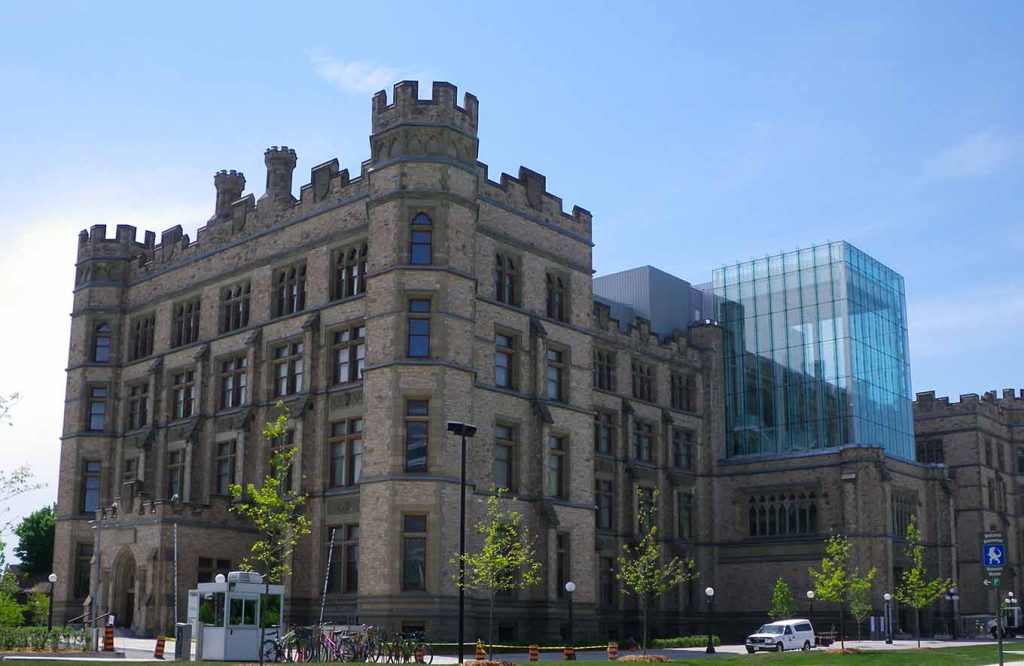
Transportation: ByWard Market is located in downtown Ottawa and is within walking distance. There are multiple public transportation stations around, and both buses and light rail are accessible.
Fees and booking platform
Fee: There is no charge for visiting the market itself, but you can choose to buy some local specialty goods and food. The handicrafts, souvenirs and specialty foods here are usually moderately priced.
Recommended booking platform: Although the market area does not require reservations, you can book some special experience projects in advance through platforms such as Viator, such as market tours or food tours.
6. Things to note when visiting attractions
Understand opening hours and holiday arrangements
Ottawa’s major attractions, such as the Parliament Building and museums, have limited opening hours. Especially during holidays, some attractions may adjust their opening hours or close. Therefore, before departure, it is best to check the latest opening hours and special arrangements through the official website or booking platform in advance to avoid empty trips.
Clothing and comfort
Ottawa’s weather is changeable, especially cold in winter and hot in summer. Whether you plan to visit a museum or skate on the Rideau Canal, comfortable clothes and suitable shoes are essential. It is recommended to wear breathable clothes in summer, while in winter, you need multiple layers of warm clothes and non-slip shoes.
Make reservations in advance and avoid peak times
Many popular attractions, such as guided tours of the Parliament Building, usually require reservations in advance. If you want to avoid peak tourist times, it is recommended to visit in the morning or during non-weekend hours. Especially in winter or during holidays, there are a lot of tourists, and planning your itinerary in advance can effectively save time.
Keep environmentally friendly and respect historical culture
When visiting historical attractions, please abide by the environmental protection and behavioral standards of the attractions. Keep the area clean, do not disturb other tourists, and respect the local culture and historical heritage. In places such as museums, it is strictly forbidden to take photos of prohibited areas and follow the instructions of the tour guide.
By following these basic precautions, you will be able to better enjoy the historical charm of Ottawa and have a pleasant cultural trip.
Ottawa is a city with a long history and rich culture. Walking on the streets of this city, every attraction has a strong historical atmosphere. From the magnificent Parliament Building to the tranquil Rideau Canal, from the multicultural Canadian Museum to the natural and ecological Ottawa Museum of Nature, each place allows you to feel the unique charm of Canada’s past and present.
By booking tickets in advance or participating in a guided tour, you can better understand the historical background of these attractions and ensure that your trip is smoother and more enriching.
